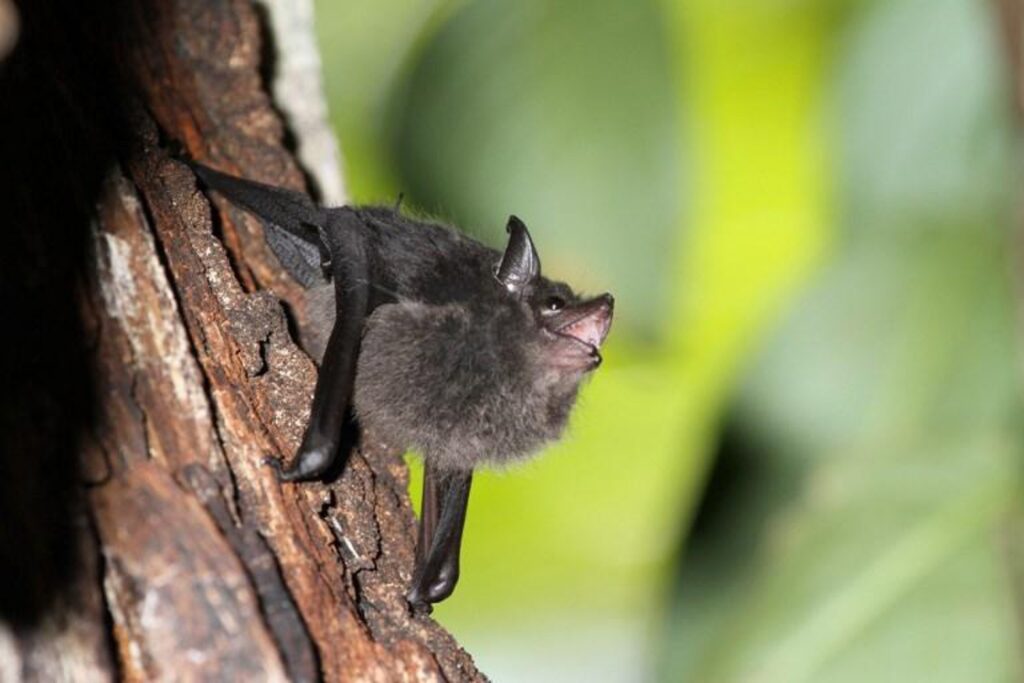Bats, like many other animals, have begun their migration southwards. While birds are flying towards southern horizons, various species of bats are also travelling long distances for the winter.
The Natuurpunt association has collaborated with Dechmann Lab, the 'Ephemeral Resource Adaptations' department of the German Max Planck Institute, to map the migration of Leisler's bat.
Leisler's bat is a fairly rare, medium-sized species that is widespread throughout Flanders. All known colonies are located in old-growth forests. From early August, these bats form harems, in which one male attracts several females to mate. By early September, most of these bats seem to have disappeared off the radar.
Some research has already been carried out into the migratory behaviour of Leisler's bat, but the conditions under which the species begins its migration and the proportion of the migrant population are not known.
To find out more, members of Natuurpunt's bat working group, in collaboration with Dechmann Lab, tracked 21 Leisler's bats using a transmitter as they travelled from their habitat to their wintering grounds.
Related News
- Discover 20 species: Brussels to host bat observation events
- Restoring a building? You might need a bat expert
The first animal left the forest where the colony lived on 29 August. The last signals were emitted in Ziortza-Bolibar in Vizcaya, Spain, around 1,040 kilometres as the crow flies from its point of departure.
A wind farm is located close to where the last signal was sent, and the species is known to be particularly vulnerable to wind turbines. However, the association does not know whether the animal died or whether the transmitter accidentally fell in this area.
The research data collected provides a first insight into the almost invisible migration of this species across Europe.

